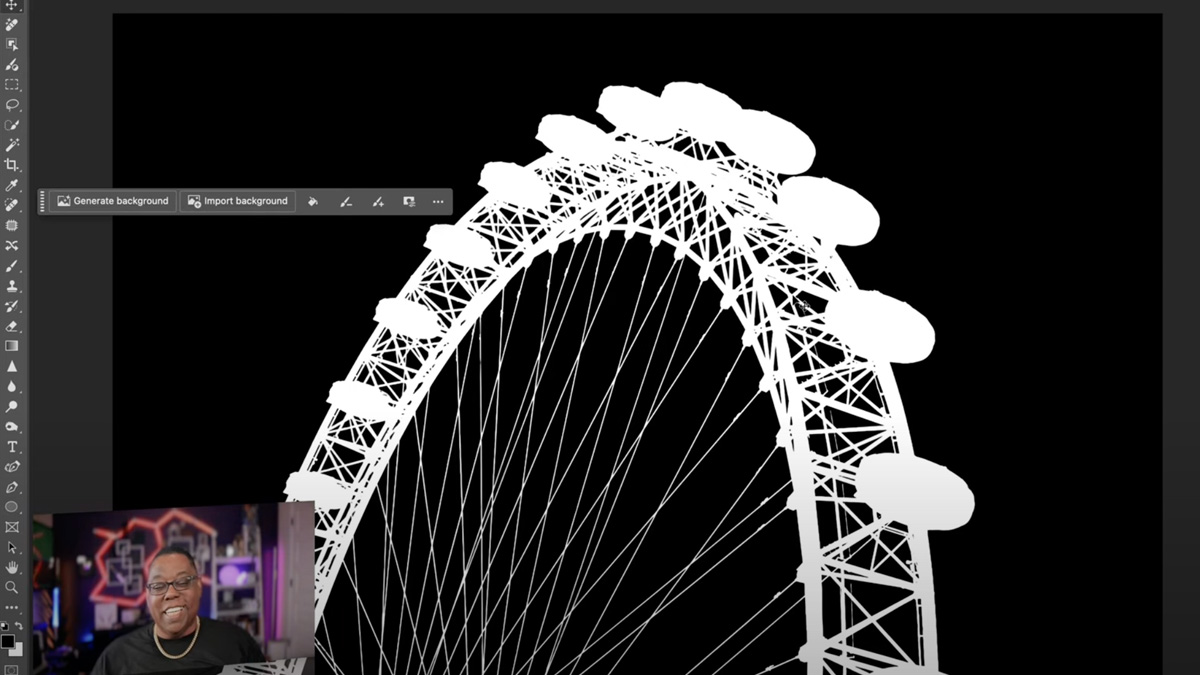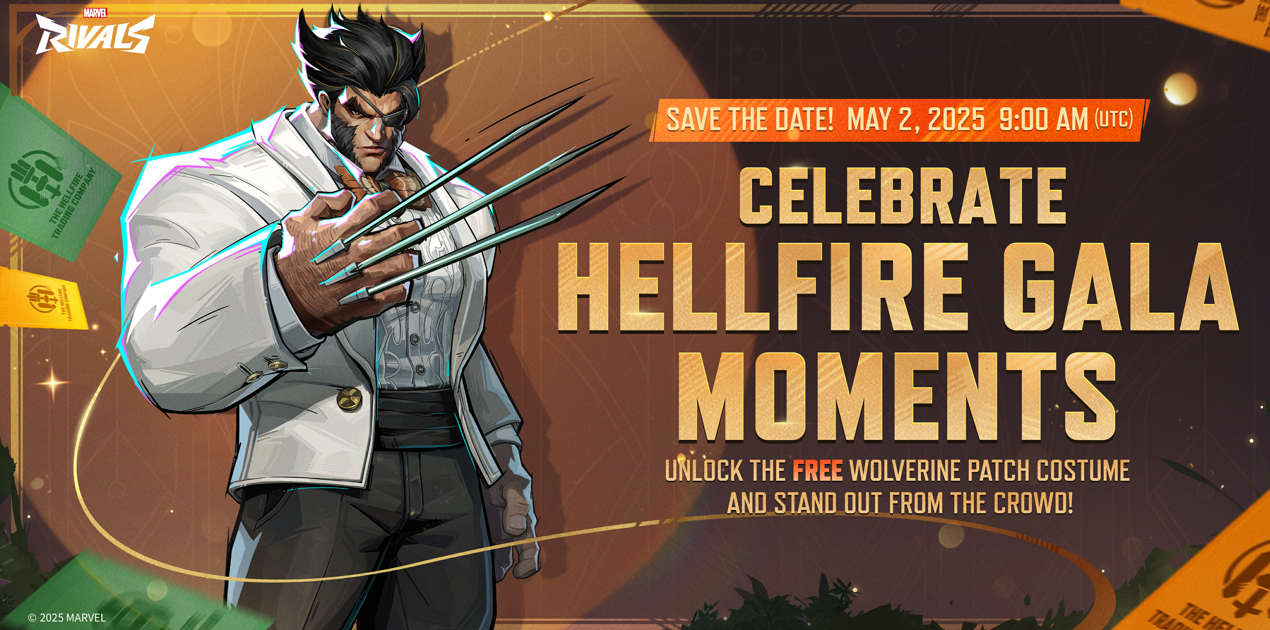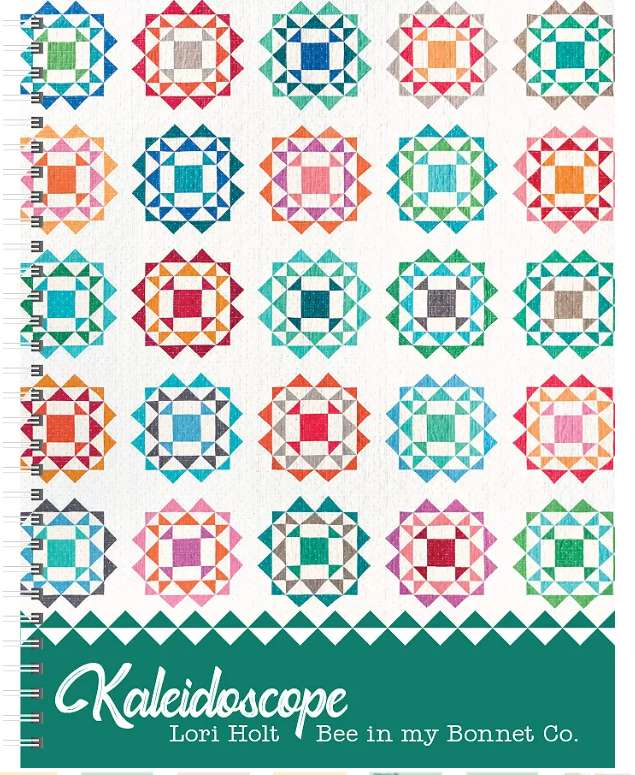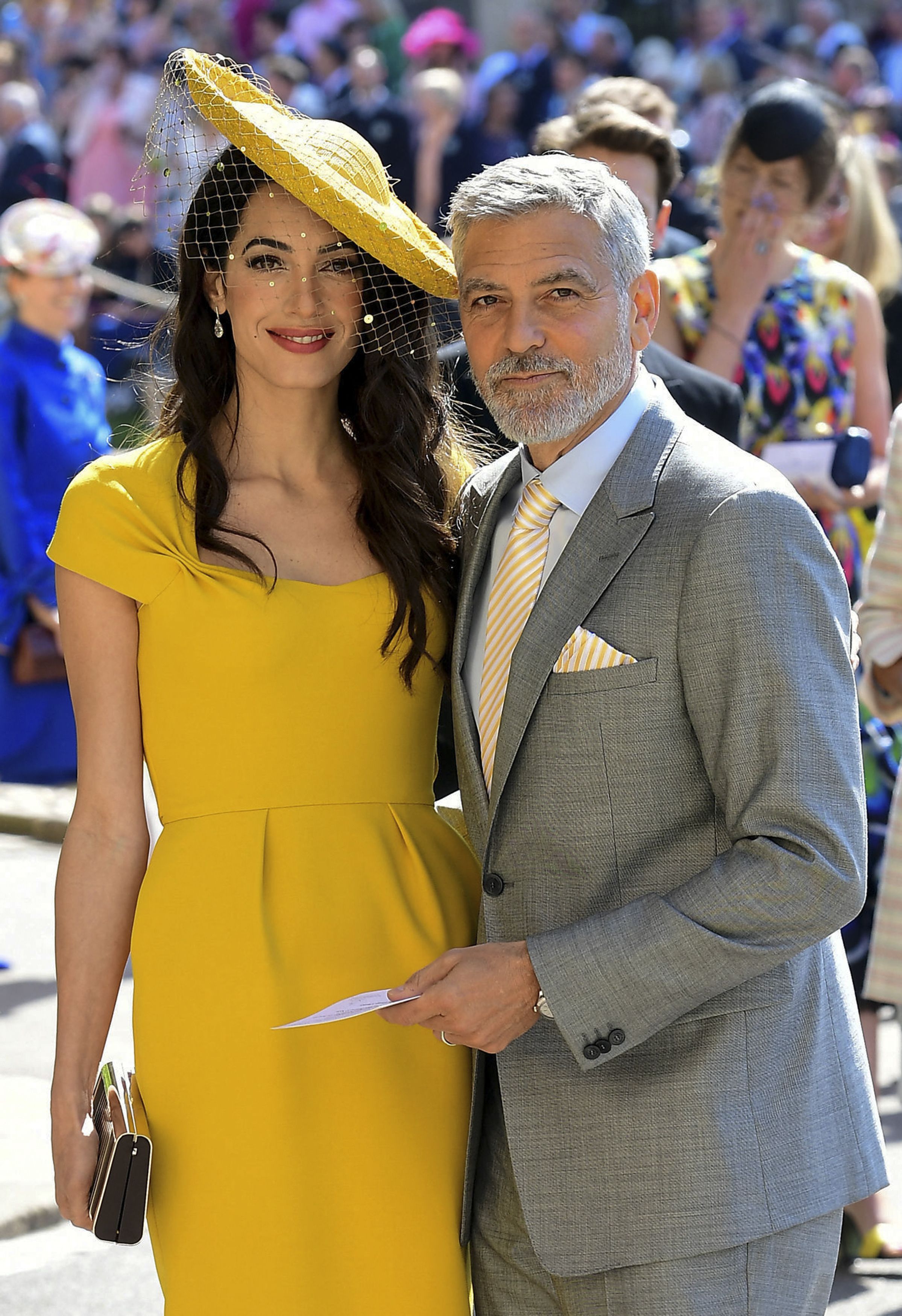Want more Belle Époque after Clair Obscur: Expedition 33? Check out Lies of P
French studio Sandfall Interactive is enjoying a well-deserved victory lap as Clair Obscur: Expedition 33, the company’s first game since its founding in 2020, sells like hotcakes — though maybe crepes would be the more appropriate baked good — and garners positive reviews and word of mouth. A lot of this success revolves around its […]


French studio Sandfall Interactive is enjoying a well-deserved victory lap as Clair Obscur: Expedition 33, the company’s first game since its founding in 2020, sells like hotcakes — though maybe crepes would be the more appropriate baked good — and garners positive reviews and word of mouth. A lot of this success revolves around its active turn-based battles and engaging story, but it’s hard to deny the part that Clair Obscur’s unique, Belle Époque-style aesthetics also play in helping it stand out in a packed game of the year race.
The Belle Époque should sound familiar to Polygon readers thanks to Lies of P, the “Pinocchio Soulslike” that transformed from quirky Mad Libs mashup to overwhelming achievement for South Korean developers Neowiz and Round8 Studios almost overnight when it launched in September 2023. As more and more studios try to replicate the Dark Souls formula — equal parts punishing difficulty, intuitive exploration, and complicated boss battles — Lies of P was arguably the first game from a company not named FromSoftware to be worthy of the Soulslike label. It’s also the first game you should play after finishing Clair Obscur, if you haven’t already, as the two make for a compelling sort of duology in conversation with each other and with the ups and downs of the period in French history from which they draw inspiration.
Much like with Clair Obscur, the attention paid to Lies of P was built upon its gameplay and narrative strengths, specifically the blending of traditional Soulslike mechanics with a fantastical story based on the classic Pinocchio fairy tale. Some of that heavy lifting, however, was done by its visuals. Lies of P was compared favorably to gothic Dark Souls successor Bloodborne at first blush, and while it’s true that there’s some stylistic overlap between the two, the developers instead drove home Lies of P’s inspirations by repeating two French words in the lead-up to the game’s release: Belle Époque.
Belle Époque — or “beautiful era” — refers to a stretch of French history ranging roughly from the late 1800s to the beginning of World War I in 1914. It was a period during which French society was thought, at least in hindsight, to have experienced a boom of economic and cultural achievements. Lies of P and, now, Clair Obscur are influenced by the technological advancements, attire, and architecture of the era. The former’s eponymous protagonist and many of the foes he faces are impossibly retrofuturistic clockwork automatons. The latter’s wayward explorers don militaristic garb that would have been right at home on the streets of 20th-century Paris as a drooping, almost melted Eiffel Tower looms over their doomed civilization.
I should probably point out that Clair Obscur is also as French as frog legs. It hilariously allows the player to dress their party in custom outfits featuring black-and-white striped shirts with crusty baguettes as accessories, the combination of which would be almost offensive if they weren’t obvious love letters from the developers to their own culture. Lies of P relies more on vibes, never providing its baby-faced hero with so much as a beret, but what both games get right is the bittersweet origins of the Belle Époque moniker.
While the lowercase “belle époque” was a common saying among French speakers at the time, they only began referring to the handful of years before World War I as a proper noun during the country’s occupation by Nazi forces in World War II. Several decades of warfare had left France — not to mention much of Europe — a trench-laden and mortar-blasted shell of the wealthy nation that had once hosted its own world’s fair in the 1900 Paris Exposition. French society began to view the period of relative peace between the Napoleonic and World Wars with nostalgia, forgetting any of the inequalities that existed at the time and only remembering the era for its abundance and prosperity.
In some ways, the Belle Époque as an idea would not have existed without the ravaging of the European continent, as it was the world wars that ultimately prompted France to look back on that point in history with fondness. Lies of P is rife with a similar sort of melancholy. As you explore Krat, a metropolis ruined by the very robotic servants that once made it a beacon of luxury, you can almost feel the city itself yearning for those better days. The evidence of its now-lost joy is everywhere, with smiling cutouts and flamboyant posters promoting celebrations that now seem like distant memories in the fiery, bloodsoaked ruins. Without the chaos of Krat’s undoing, these items would just form the regular, unobtrusive window dressing of a wealthy city; it’s only amid the turmoil that they finally gain meaning.

Lies of P leverages this setting, as many of the best Soulslikes do, as its main source of world-building. As you navigate P through Krat and its surrounding environs, you’ll slowly learn more about the tragedies that led to its downfall. In the same vein, every boss fight gives pertinent backstory to the city’s once-proud heritage. Many of the massive foes you face in Lies of P aren’t monsters, but wayward souls whose function and purpose have been stripped away and replaced by madness. Just as all manner of common folk were conscripted to die choking on mustard gas in the trenches of World War I, so too are the citizens and servants of Krat reduced to grease for the wheels of history. Clair Obscur may — pardon the pun — obscure the ins and outs of its setting’s collapse, but Lies of P boldly depicts a world whose Belle Époque has come and gone. Maybe one day the citizens of Krat will be able to look past its period of brutality in favor of the good times.
If you end up enjoying Lies of P, you’re in luck: a prequel expansion is right around the corner. And finally, be sure to check out The Belle Époque: A Cultural History, Paris and Beyond by French historian Dominique Kalifa if you want to learn more about the real-life Belle Époque outside of its relation to these two video games. It’s where I learned much of the information used in this story.
























































![Ultimate Project Egoist Styles Tier List [RELEASE]](https://www.destructoid.com/wp-content/uploads/2025/04/project-egoist-style-tier-list.webp?quality=75)



































































































































































































